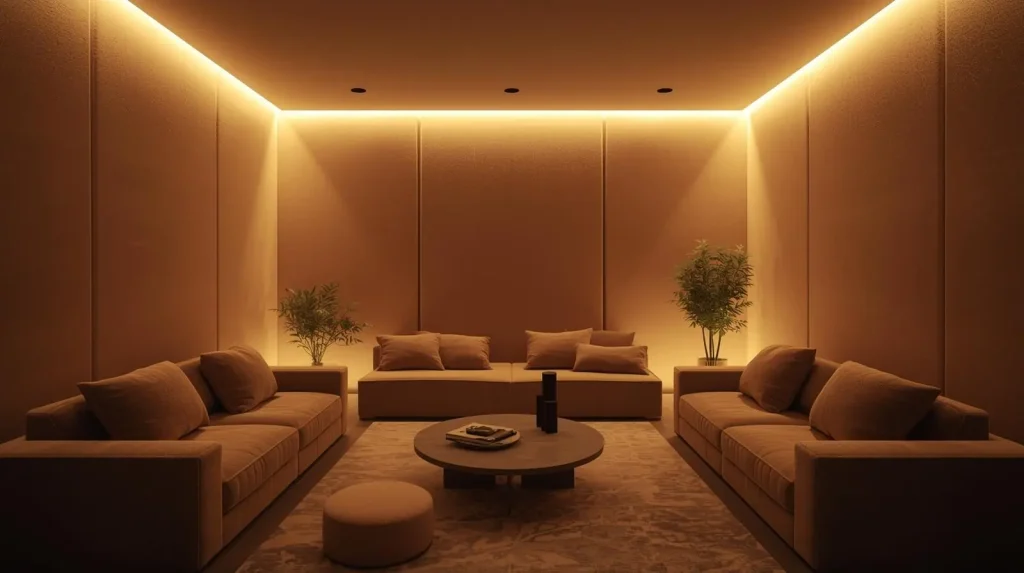Living or working in a noisy environment can be distracting and stressful. Whether it is traffic outside, loud neighbors, or office chatter, unwanted noise reduces comfort and productivity. That is why noise proofing walls has become a popular solution for homeowners, renters, and businesses alike. With the right techniques and materials, you can significantly reduce sound transfer and create a more peaceful space.
This guide explores practical ways to noise proof walls, the best materials to use, and tips to achieve professional results without overspending.
Why Noise Proofing Walls Matters
Sound travels easily through thin walls, hollow spaces, and structural gaps. Once noise seeps through, it disrupts sleep, work, and relaxation. By adding soundproofing solutions, you can:
- Improve privacy between rooms.
- Block external sounds like traffic or construction.
- Reduce echo within a room.
- Increase property value by improving comfort.
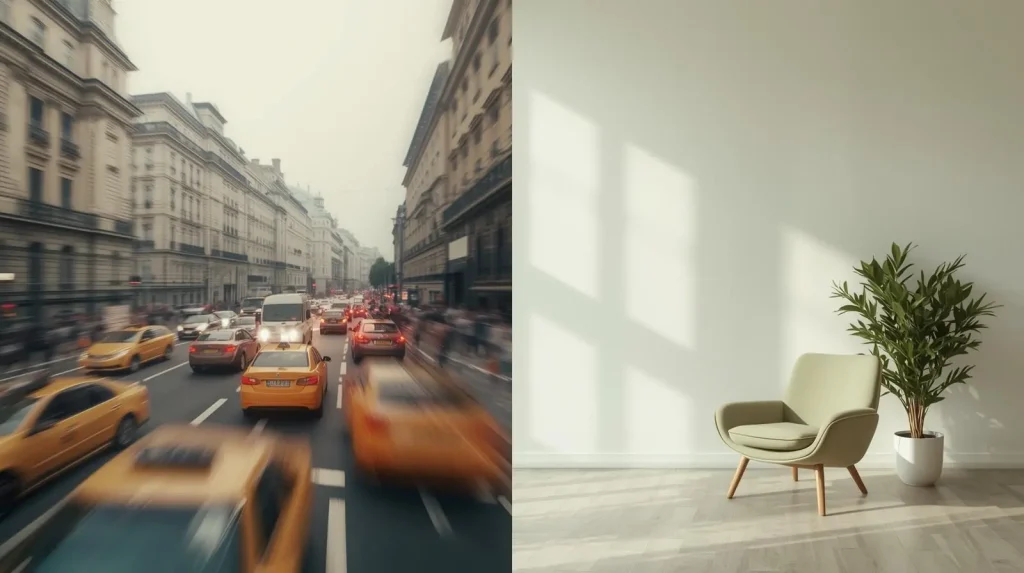
Noise proofing is not just for luxury homes or studios. Even basic improvements can transform daily living.
How Sound Travels Through Walls
Before exploring solutions, it helps to understand how sound moves. Sound travels as vibrations through air and solid materials. Walls transmit noise in two main ways:
- Airborne noise: Voices, TV, music, and outdoor traffic.
- Impact noise: Footsteps, furniture movement, or loud thuds.
Effective noise proofing requires addressing both.
Best Methods for Noise Proofing Walls
1. Seal Gaps and Cracks
Even the smallest openings let sound travel freely. Common weak spots include outlets, baseboards, and window frames. Use:
- Acoustic caulk around edges and joints.
- Foam gaskets for outlets and switches.
- Weatherstripping for doors and windows.
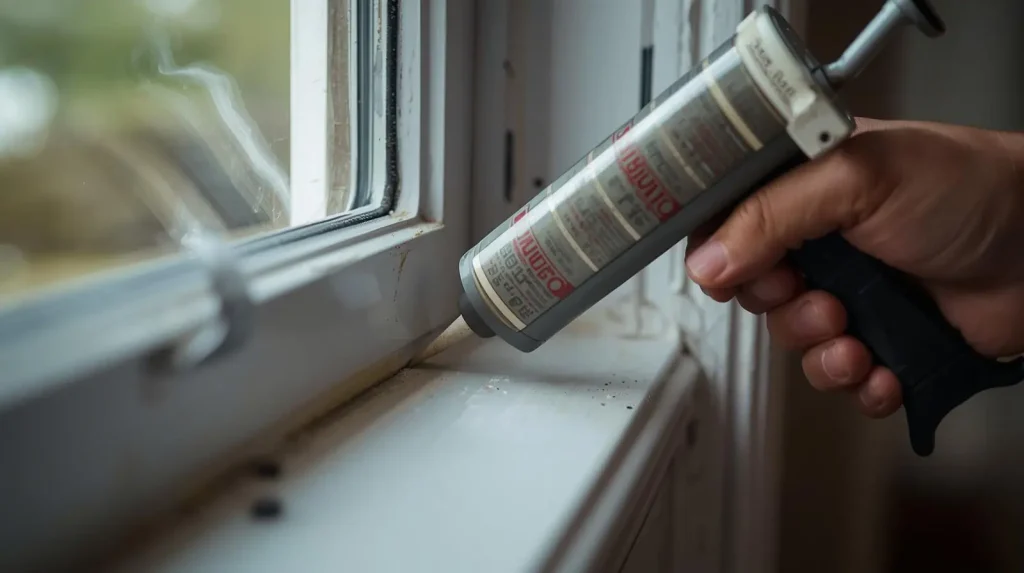
This first step alone can reduce noticeable sound leakage.
2. Add Mass to Walls
The heavier the wall, the harder it is for sound to pass through. Increasing wall density is a proven soundproofing method. Options include:
- Mass Loaded Vinyl (MLV): A flexible material that blocks sound effectively.
- Extra drywall layers: Doubling up drywall with green glue compound in between helps absorb sound waves.
- Soundproof panels: Pre-made panels designed for easy installation.
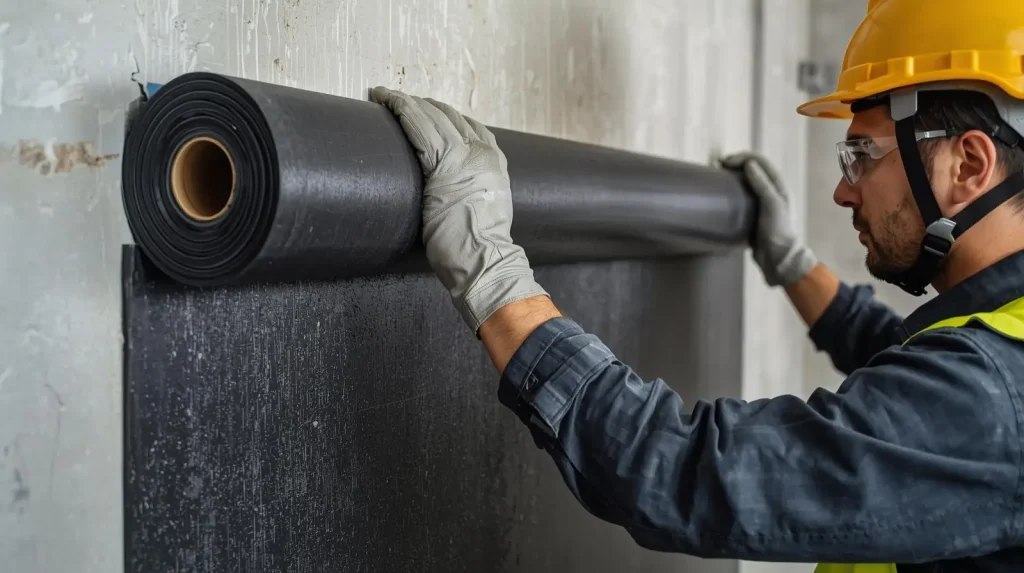
3. Use Decoupling Techniques
Decoupling means separating wall layers to prevent sound vibrations from passing directly through. This can be achieved with:
- Resilient channels.
- Sound isolation clips.
- Staggered or double stud framing.
Although this requires more construction work, it provides excellent noise reduction.
4. Improve Wall Insulation
Insulation is not only for temperature control but also for sound absorption. The most effective materials include:
- Mineral wool insulation: Dense and fire-resistant, perfect for soundproofing.
- Fiberglass insulation: Affordable and effective for reducing noise.
- Acoustic foam panels: Ideal for reducing echoes in recording or media rooms.
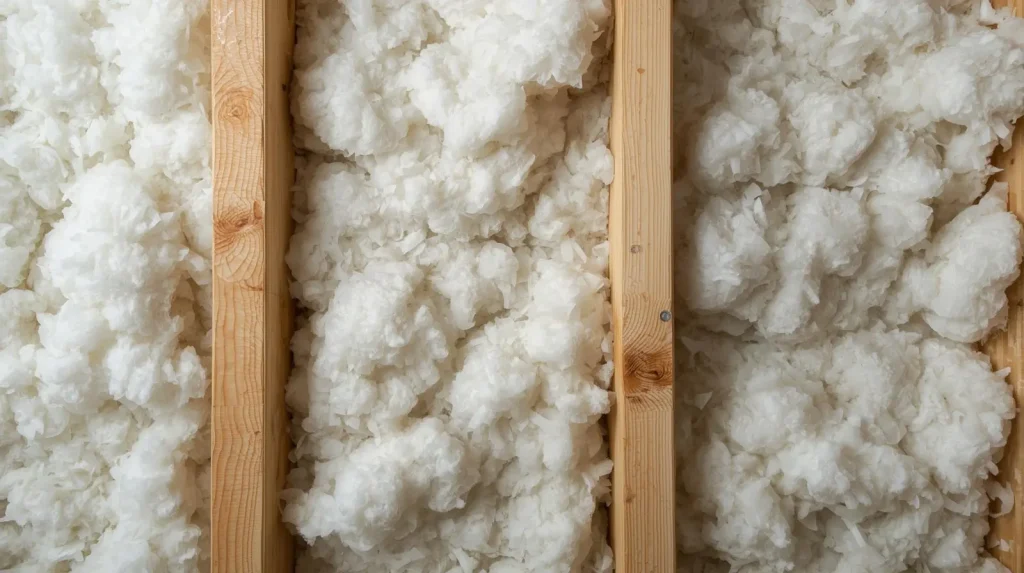
By filling cavities with the right insulation, walls block and absorb more sound.
5. Install Acoustic Panels or Fabric Solutions
For quick results without major renovation, surface-mounted panels are effective. These absorb sound waves and reduce echo. Options include:
- Acoustic fabric wall panels.
- Decorative soundproof art panels.
- DIY solutions using fabric and insulation boards.
They work well in offices, studios, or home theaters.
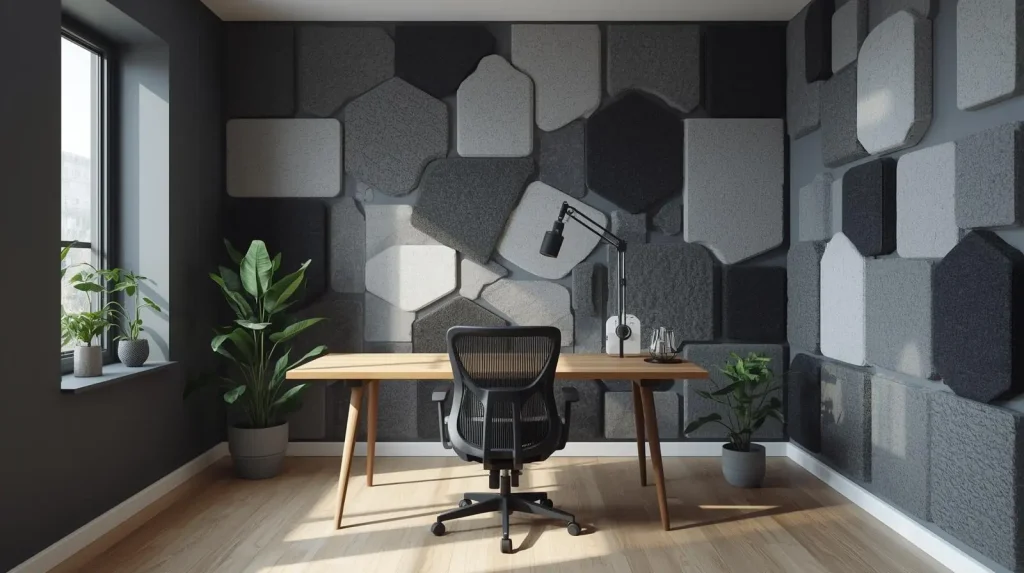
6. Consider Professional Soundproofing
For maximum effectiveness, hiring professionals can ensure proper installation. They can design custom solutions, especially for commercial properties, apartments, and studios where noise control is critical.
Comparing Noise Proofing Materials
| Material | Effectiveness | Cost Range | Best Use Case |
|---|---|---|---|
| Acoustic caulk | Moderate | Low | Sealing gaps |
| Mass Loaded Vinyl | High | Medium | Blocking airborne noise |
| Extra drywall layers | High | Medium | Renovations |
| Mineral wool insulation | High | Medium | Between studs |
| Acoustic panels | Moderate | Medium-High | Reducing echo |
This table highlights that the best approach often combines different materials.
DIY Noise Proofing vs Professional Help
DIY Approach
- Cost-effective.
- Suitable for renters and small spaces.
- Great for sealing gaps, adding panels, or hanging curtains.
Professional Installation
- Ideal for structural upgrades.
- Ensures maximum sound reduction.
- Recommended for offices, studios, or long-term homes.
Choosing between DIY and professional depends on your budget, space type, and noise levels.
Tips for Maximizing Soundproofing Results
- Combine methods rather than relying on just one.
- Focus on weak spots such as outlets, vents, and doorways.
- Use rugs and heavy curtains to reduce overall echo.
- Plan soundproofing early if building or renovating.
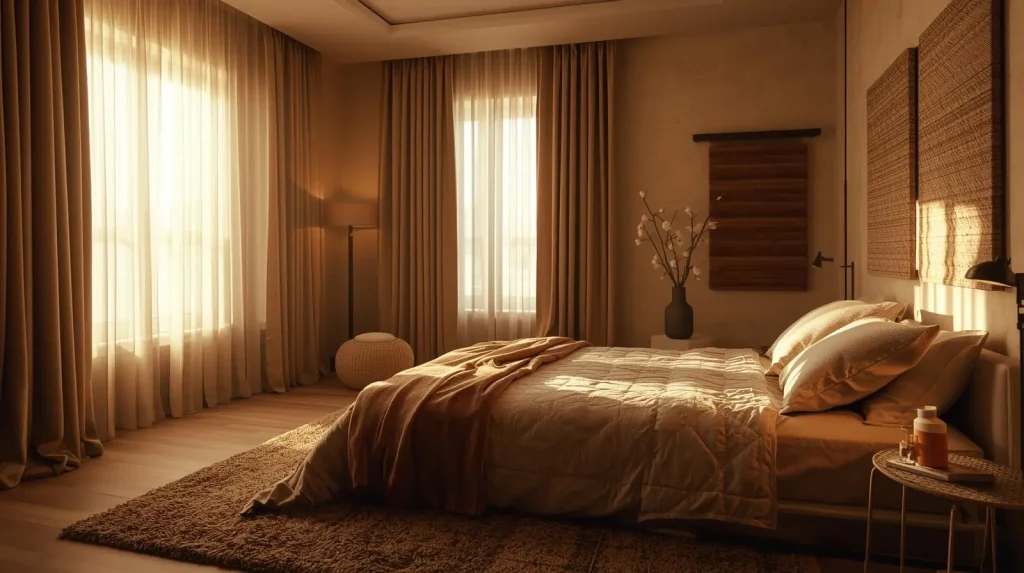
Common Mistakes to Avoid
- Using regular caulk instead of acoustic sealant.
- Installing panels without addressing wall gaps first.
- Expecting a single product to completely block noise.
- Ignoring ceilings and floors, which also transmit sound.
By avoiding these mistakes, you save time and achieve better results.
Conclusion: Create Peace With Noise Proof Walls
Noise proofing walls is a practical investment for comfort, productivity, and privacy. From sealing gaps to installing mass loaded vinyl and acoustic insulation, there are solutions for every budget and space. While DIY methods can work for smaller improvements, professional soundproofing offers long-term effectiveness for serious noise problems.
If you are tired of constant disturbances, start by assessing weak spots in your walls and applying the right combination of techniques. With thoughtful planning, you can transform any room into a quieter, more relaxing environment.
Ready to improve your space? Explore noise proofing materials today and take the first step toward peace and quiet.

